- Established 1982 -HOME: www.hiltonpond.org
THIS WEEK at HILTON POND Subscribe for free to our award-winning nature newsletter (Back to Preceding Week; on to Next Week) |
| 2020 GREAT AMERICAN BIRD COUNT: CITIZEN SCIENCE AT WORK The 23rd annual Great Backyard Bird Count (GBBC) was held internationally on 14-17 February 2020. It's a citizen science endeavor organized by the National Audubon Society, Cornell Laboratory of Ornithology, and Birds Canada. During the period, enthusiasts kept track of all birds they saw on one or more days. Last year nearly a quarter million people participated worldwide, the vast majority in the U.S. and Canada. We have contributed to the GBBC from Hilton Pond Center in the past but in 2020 decided to go all out, keeping a list on all four days of the count (see table below).
All text, maps, charts & photos © Hilton Pond Center In all, we tallied 32 different kinds of birds on-site, with 26 species on 15 February--a particularly good single-day number for the Center during mid-winter. With the exception of a flock of Common Grackles flying over near sunset on the 15th, ALL birds on the list were seen through the office or kitchen windows of our comfortable old farmhouse at Hilton Pond. No "blitz birding" for us; we lazily made birds come to us instead of chasing after them! Thanks to a large assemblage that twice settled on one of our birdbaths, Cedar Waxwings ended up the most commonly seen bird over four days, with seed-gorging House Finches coming in second. (Those finches were the hardest species to tally due to their overlapping trips to and from various feeders. We suspect we're hosting quite a few more than the 16 we counted on the 15th.) As suggested by the tally table, Northern Cardinals have been rather plentiful for us this winter, but most other species appeared in much lower numbers during the count. We're pleased our Wood Ducks put in regular appearances as they courted and got ready to use nest boxes we erected for them around Hilton Pond; in the photo below you can see three hormonally charged drakes and a hen.
All text, maps, charts & photos © Hilton Pond Center We spent a lot of time just looking outside during the four days of the count, not only gazing at our feeders but surveying the pond, surrounding habitats, and sky for whatever species we could spot. Each day we submitted our checklists via eBird in the hope everyone's collective GBBC data will be used by professionals to look for trends and track the health of avian populations. This is the way "citizen science" works, and we're always happy to contribute. During the count we also had our Canon SLR camera with 400mm lens close at hand and managed to get shots of various birds that came into view. Unfortunately, we were shooting through double-pane window glass for most of them--which degrades image quality--and for three of the four days heavily overcast skies offered poor lighting conditions. Nonetheless, for the sake of documenting our efforts we offer below a sampling of species we saw and photographed at Hilton Pond Center during the 2020 Great Backyard Bird Count. All text, maps, charts & photos © Hilton Pond Center
All text, maps, charts & photos © Hilton Pond Center If we have to choose just one "favorite bird" seen during the four-day count it would probably be a Cedar Waxwing (above) that perched in full view for nearly a quarter hour. And if we might make an HVJ (Human Value Judgment), we'd call this species the most elegant bird in North America, with its overall sleek appearance combined with crest, black mask, yellow tail tips, and those waxy red tips on secondary wing feathers. Not all individuals have red, and the color's presence or absence apparently is not a sign of either age or gender. The male waxwing is best differentiated by a broader expanse of black on the throat, although this field mark is sometimes hard to see.
All text, maps, charts & photos © Hilton Pond Center And speaking of birds with crests, the Northern Cardinal certainly qualifies. Even in winter the male (above) sports brilliant crimson plumage that knocks your socks off--but only in full frontal view. At this time of year the male's duller back feathers have brownish tips that gradually wear off in time for breeding season. After leaving the nest, young cardinals have dark brownish bills that gradually turn bright reddish-orange as the bird consumes more xanthophyll and carotene pigments in seeds and insects. Once this mature coloration is acquired, as shown above, it stays.
All text, maps, charts & photos © Hilton Pond Center The bill of the female Northern Cardinal (above) is just as bright as that of her mate, even though her body plumage is brown with reddish highlights. Likewise, her black mask isn't nearly as pronounced as the male's. Both sexes eat the same kinds of pigment-laden food, but her genes are programmed NOT to lay down red. This is a useful adaptation that makes her less obvious to potential predators as she sits motionless on a nest with eggs or chicks beneath her.
All text, maps, charts & photos © Hilton Pond Center The Center's only other "red" bird at our sunflower seed feeders this winter has been the male House Finch (HOFI, above), whose raspberry plumage differentiates him from the brown female. Almost no one in the Southeast CORRECTLY reported Purple Finches (PUFI) for the 2020 Great Backyard Bird Count, although some undoubtedly though that's what their House Finches were. (The usual big flocks of Purple Finches simply did not migrate south this winter.) HOFI males do resemble male PUFI but have more dark streaking on breast and flanks. They also have flat heads, while PUFI show a hint of a crest. For us, the most distinctive field mark is the slightly decurved upper mandible of the House Finch; the bill ridge is straight in Purple Finches. (We promise when you start to look you'll be able to tell the difference!)
All text, maps, charts & photos © Hilton Pond Center The smallest birds at Hilton Pond on this year's GBBC were a couple of Brown-headed Nuthatches (BHNU) that barely stopped in long enough for a photo. Each of these diminutive seed-stealers made quick visits to the tube feeder above, plunging their long straight bills through a port to grab a single seed before flitting rapidly away. To provide a sense of scale, that feeder port is an inch in diameter--precisely the prescribed size for the entry hole on a nest box designed to attract a pair of these little nuthatches. Sexes are similar appearance in BHNU. The birds undoubtedly can tell the difference, but we humans haven't yet figured that out.
All text, maps, charts & photos © Hilton Pond Center Each year, we know when fall has finally arrived when we hear the sounds of Yellow-bellied Sapsuckers mewing and tapping in a gnarled Pecan tree in the front yard of the Center's old farmhouse. These woodpeckers from Canada--or possibly the Appalachian Mountains--migrate south and for generations have been tapping the Pecan's trunk and limbs for sap they lap up as a carbohydrate source. (Notice the horizontal scar of old sapsucker feeding holes just below the bird on this hickory sapling. Human simply imitate these birds when they make a hole in a maple tree to extract sap to make syrup.) The individual above is a female--males always have a bright red throat--but she was unusual in not showing any red in her crown. Late afternoon sun highlighted her yellow breast and belly--a field mark seldom seen when she holds tight against her perch.
All text, maps, charts & photos © Hilton Pond Center Most of the year when we go out to pick up deliveries from the Center's roadside mailbox, we spook small flocks of Chipping Sparrows that appear to be gathering grit from the right-of-way. For some reason, these birds almost never show up in the yard behind our old farmhouse until mid-February and March, when they become our most common sparrow species. By then they start exchanging their lightly streaked crowns for rusty caps like the one above. Chippies have a bi-colored bill (dark above, light below); the upper mandible turns black as the breeding season approaches. One of the best field marks for the Chipping Sparrow isn't visible in our photo; it's a pale gray, unstreaked rump.
All text, maps, charts & photos © Hilton Pond Center Although Song Sparrows (above) nest just west and north of Hilton Pond Center, we seem to be right on the edge of their main breeding range. They have never been abundant locally and we almost never see them in summer; their cold-weather numbers have been in decline since the early 1990s. (We only have one this winter at the Center and, as shown, it's wearing an old, non-shiny band.) This is a very heavily streaked sparrow--both dorsally and ventrally--with a distinctive central breast spot that doesn't show well in the photo above. Do note its prominent head streaking and the dark line through the eye.
All text, maps, charts & photos © Hilton Pond Center Of about three dozen Wood Warbler species that occur in the Carolina Piedmont, only a few commonly spend the winter at or near Hilton Pond Center--mostly Yellow-rumped Warbler, Palm Warbler, Orange-crown Warbler, and Pine Warbler (PIWA). Of these, the last is a year-round resident that, as its name suggests, nests commonly in local Loblolly Pine forests. PIWA are highly variable in plumage, with males like the one above typically more brightly colored than females. Because of their yellow coloration, Pine Warblers are often confused with wintering American Goldfinches, but the latter have short conical bills (see image just below) and lack breast streaking or that broken eye ring visible in our photo. Most winters we trap and band a half-dozen PIWA, seemingly all of which linger to take suet from our feeders.
All text, maps, charts & photos © Hilton Pond Center We get a surprising number of inquiries from folks wondering about the identification of birds that look like the one above. They are fooled by a dark bill and the near absence of yellow plumage, but dark wings with a prominent white wingbar and the fact that the bill is conical are all you need to know to recognize this as a female American Goldfinch in winter plumage. But how to know it's a female? Note the wings are brownish-black and there is no black in the bird's forehead or crown; males always have jet back wings and even in winter usually have at least a hint of black on the head. Older males also show a bright yellow spot at the bend of the wing.
All text, maps, charts & photos © Hilton Pond Center We have two Hermit Thrushes (HETH) hanging around Hilton Pond this winter, both of which are banded. The anklet on the bird above seems worn, so it's possible it was captured years ago. (We had one HETH return here five years in a row after banding!) On Christmas Bird Counts and Great Backyard Bird Counts folks often mistake Hermit Thrushes for Brown Thrashers (BRTH), and vice versa; they both have spotted breasts and rusty plumage but in profile are really quite different. HETH: Olive back with rusty wings and tail (which is relatively short and often bobs up and down, combined with wing flicking), plus short dark bill and dark eye with pale eye ring; BRTH: Dorsum entirely rusty, long tail, usually yellow eye, and long, slightly decurved bill.
All text, maps, charts & photos © Hilton Pond Center Although that Cedar Waxwing we photographed may have been our favorite bird during this year's the four-day Great Backyard Bird Count, by far the most ornate individuals were several male Wood Ducks that patrolled Hilton Pond. One drake (above) perched atop a nest box while the hen was inside; he displayed an incredible array of hues and patterns that make this the most colorful inland duck in North America. No single photo can really do this species justice because some Wood Duck colors are iridescent and change with the way the light strikes. (The drake's forehead, for example, is a brilliant metallic green.) We're not anti-hunting, but this is one breathtaking bird we could never shoot. So that's our summary and our folio of birds we photographed at Hilton Pond Center as part of the 2020 Great Backyard Bird Count--replete with comments we hope you found useful. We tallied 32 species in four days during the four-day period and challenge you to equal or exceed that number in your own backyard during the next GBBC. We've already marked our calendar with the dates (12-15 February 2021) and hope you'll do the same as a conscientious bird-loving citizen scientist. See you next year! All text, maps, charts & photos © Hilton Pond Center
Checks also can be sent to Hilton Pond Center at: All contributions are tax-deductible on your Don't forget to scroll down for Nature Notes & Photos, |
|---|
|
"This Week at Hilton Pond" is written and photographed by Bill Hilton Jr., executive director of Hilton Pond Center for Piedmont Natural History
|
|
|
Please refer "This Week at Hilton Pond" to others by clicking on this button: |
|

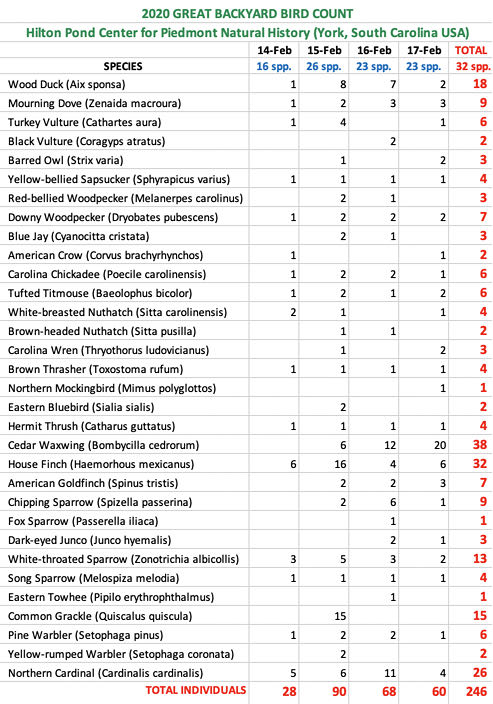

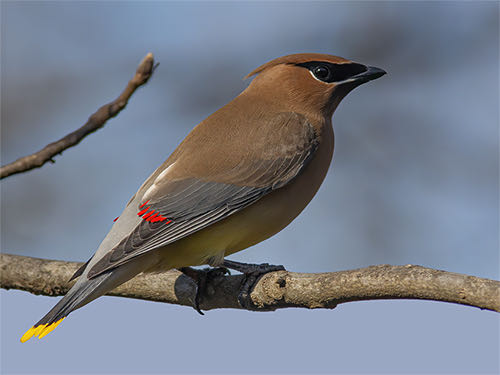
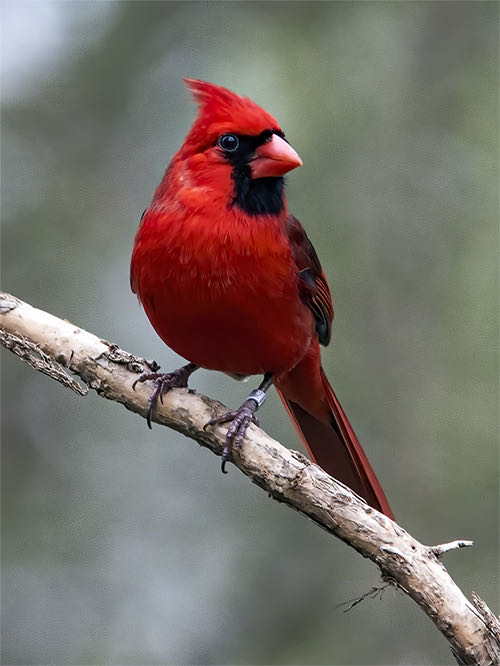
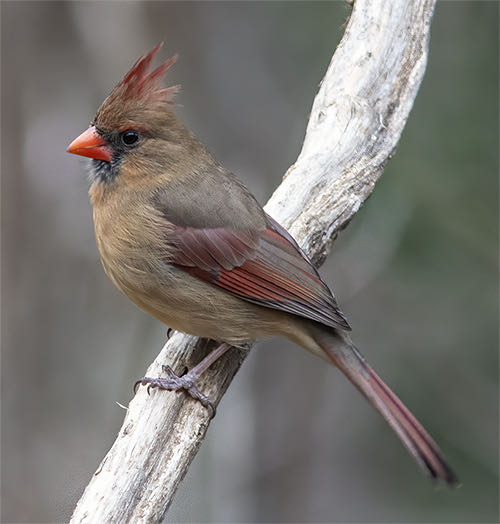
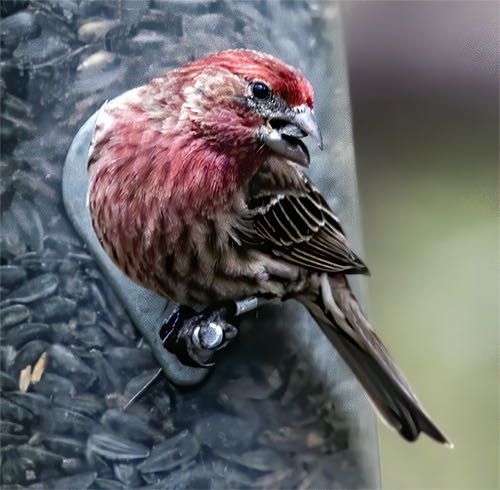
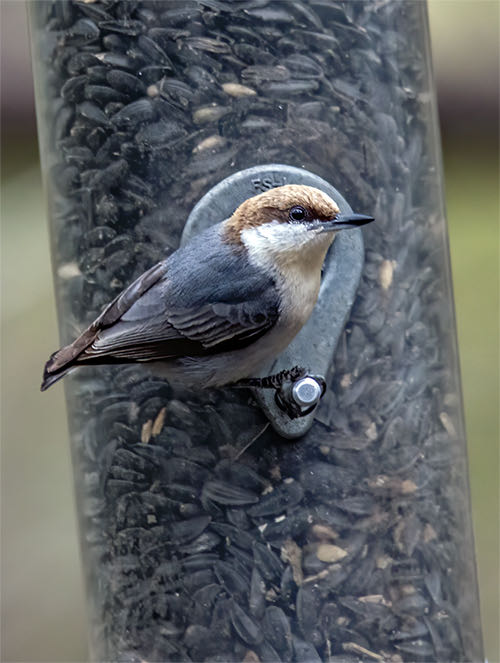


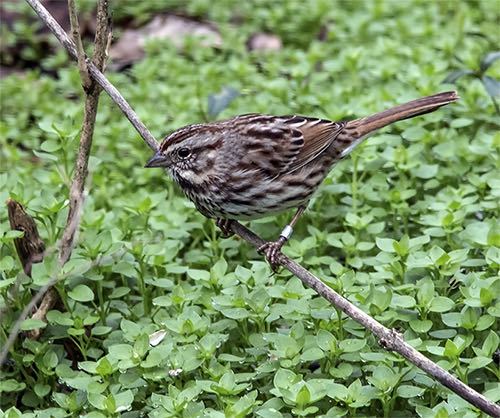

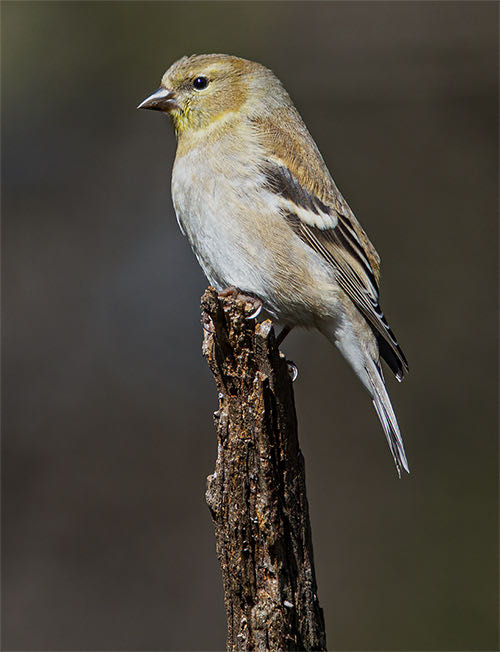
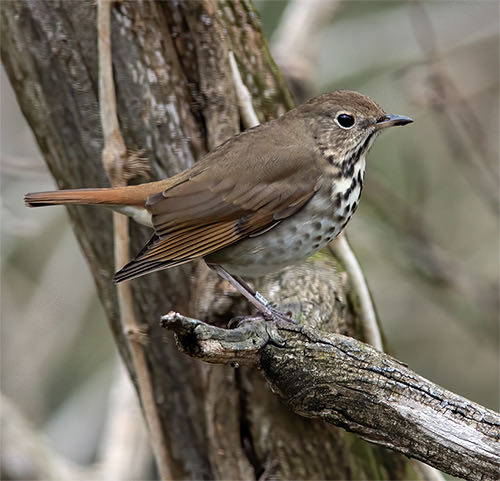











 Oct 15 to Mar 15:
Oct 15 to Mar 15: